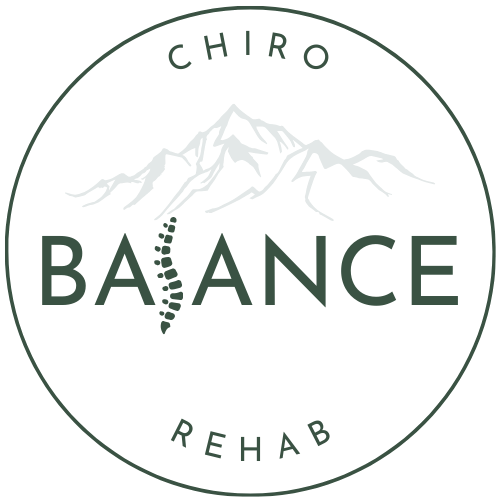The Belly Band Basics Blog
Belly bands sometimes get a bad wrap. However, they can be an incredibly useful tool for the postpartum period!
Do Post Pregnancy Bands Work?
Belly bands such as this can be a WONDERFUL tool for the postpartum period. They are helpful for after either a vaginal and C-section birth as they can provide support for abdominal system that commonly feels a bit hard to “find” or cue into right off the bat.
When to Wear Belly Band Postpartum
Belly bands can be used immediately postpartum. Especially if there is discomfort or a feeling for a need of support for either posture or organ support. They can also be useful for C-sections as they provide a bit of support from the front for sneezing or coughing!
What are Postpartum Belly Bands For?
People have used them for years as general support to aid in the postpartum healing process. I tend to recommend them for short-term support while the body is healing if a momma feels as though she would like or needs more stability in her core/abdomen.
How Long Should I Wear a Belly Band Postpartum?
Here’s where things get bit tricky. Belly bands should be used SHORT TERM. For most mommas, we’re talking 6 weeks AT MOST, here. Past 6 weeks we can actually start to lose core strength. The body responds to stress and load and becomes stronger as we challenge it, but if your core doesn’t have to work because a band is consistently doing it’s job for it, there’s a high probability of not gaining the strength back that’s needed and we become dependant on the belly band. SLOW and steady progression is key!
How Do Postpartum Belly Bands Work?
Belly bands help postpartum mommas feel better by creating a feeling of stability around the core. Think of it as a supportive hug for tissues and organs that are healing and resettling. This can help mom feel more stable, her abdomen more comfortable and overall, more supported.
Are Belly Bands Safe Postpartum?
Belly bands are safe postpartum if used for the first few weeks, as little as necessary (not all day and night, just as needed) and are not too tight. Eventually, we will focus on strengthening the core by using the connection breath, slowly loading the core through functional movements and working to re-establish the natural brace your entire core system contributes once we are past the initial healing phase of postpartum!
How to Use a Belly Band Postpartum
The answer: as a gentle band. I’m not a fan of the term belly binding as I feel like it gives the impression that it should be a tight and compressive force along the abdomen. Instead, I like to think of it as a gentle support. Think of the core as a balloon. If you were to squeeze a balloon from the center, where does the pressure go? You got it, above and below. If you are cinching a belly band too tightly, that’s exactly what is happening internally. During the postpartum period your core is healing, but so is the pelvic floor and pressure both upward (possibly contributing to a hernia) and downward onto a healing pelvic floor (possibly contributing to prolapse) isn’t the most ideal. The band should be loose enough that you are able to expand your belly. If you feel like you’re not able to expand your belly when breathing, it’s likely a smidge too tight!
Hi there!
My name is Dr. Dani and I’m an In-Home Chiropractor to busy individuals and families within the Denver Metro area. I love working with the pregnancy, postpartum and pediatric populations and strive for quality care through extended appointment times, follow-up recommendations and education so that you can feel both empowered and cared for! I truly just love supporting women!
Questions? Comments? CONTACT ME
Need some bodywork? BOOK HERE
Love the info and want to leave a review!? LEAVE A GOOGLE REVIEW
Looking for the fun stuff?
Instagram: @balance.chiro.and.rehab
YouTube: Dr. Dani Engle
Check out more information about Dr. Dani and what Balance Chiro and Rehab offers to those in the Denver Metro area (and beyond) HERE.


